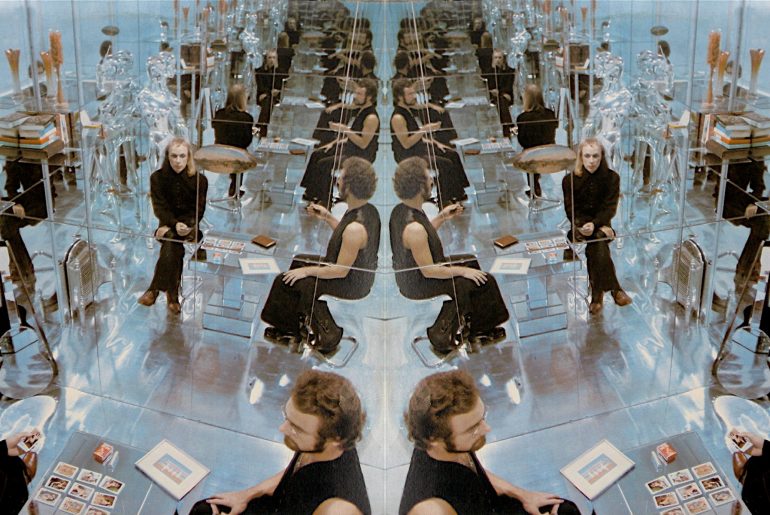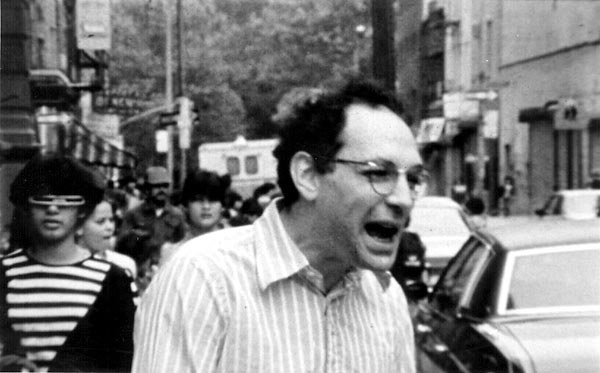The title of this post is a quotation of the title of a 2011 article by Rita Felski that appeared in the journal New Literary History. Already set in quotation in the original, Felski’s title is itself a quotation from Bruno Latour, himself quoting Rem Koolhaas: As Rem Koolhaas said, “context stinks.” It’s simply a way of stopping the description when you are tired or too lazy to go on. (Latour, p. 148) Of course, Koolhaas is not famous for saying “context stinks,” but instead the more direct, “fuck context” (p. 502). Whatever the exact phrasing one might wish to use, the sentiment remains the same: across the various disciplines represented as the quotation has moved (literary criticism (Felski), sociology (Latour), architecture (Koolhaas)), the question and importance of context remains a persistent complication. What is interesting for us in particular, is that in tracing the movement of this quote from…
Global Connections, Common Cultures
This British Airways ad campaign from a few years ago presented digital images of children that were designed so that it appeared that they were noticing and pointing to real life airplanes as they passed over the billboard. Viewed from the right angle, the custom “surveillance technology” (probably relying in part on ordinary flight schedule data) that BA’s advertising company employed was able to mimic a child delight at something passing in the sky overhead. While they’re not “literature” (at least by most definitions, though maybe Lew Welch would disagree), these ads nevertheless showcase the kinds of evocative possibilities that are enabled by using data flows and sensor networks. Of course, what remains central to these, no matter the technologies involved, is the way in which they tap into existing cultural forms and practices (billboards, the image of childhood delight, the way that planes fly overhead) in order to create…
The Reality of Multitudes
What thoughts I have of you tonight, Walt Whitman, for I walked down the sidestreets under the trees with a headache self-conscious looking at the full moon. In my hungry fatigue, and shopping for images, I went into the neon fruit supermarket, dreaming of your enumerations! What peaches and what penumbras! Whole families shopping at night! Aisles full of husbands! Wives in the avocados, babies in the tomatoes!—and you, Garcia Lorca, what were you doing down by the watermelons? Allen Ginsberg, “A Supermarket in California” One of the biggest questions for the Ambient Literature project has been how these novel works of ubiquitous and technologically-driven literature function as they encounter the really existing conditions of readers’ everyday lives. As literary works that only really exist as they are activated by a reader’s engagement with the text as it functions in concert with the context within which they are experienced, it’s…
Making Ambient Literature in the Digital Humanities
While most of our posts here on this blog have focused on defining and discussing critical issues surrounding the development of the idea of ambient literature, I want to take a step back and consider more broadly how the mode of research we’re engaged with fits in with adjacent topical and methodological trends. In particular, I want to look at our project’s relationship with the growing cluster of practices falling under the term “digital humanities,” specifically the way in which the ambient literature project might offer a model for a different or expanded understanding of digital humanities research. As it has developed out of humanities computing, the field of digital humanities has been committed to establishing computationally-based methods for the modeling and analysis of data generated from research in the humanities, which could include areas such as anthropology, history, literature, and art history, among others. In this, the aim is…
Artifice and Representation in Ambient Literature
One question that comes up frequently in discussions of ambient literature is how it is connected to other forms and other traditions that have interrogated the place of writing and performance in the world. In particular, I want to pick up previous threads that have discussed ambient literature’s connections to poetry and certain versions of the idea of the artifice as it functions in ambient literature. In many ways, these issue dovetail with a few of the seminars around ambient literature that have been held, particularly as they gesture toward ambient literature’s connections to the history of the book and understandings of reading in general. For me, these ideas coalesced in a recent (re)reading of Charles Bernstein’s (1992) A Poetics. Published in 1992 (with many sections of the book finding their origins as far back as 1985), A Poetics is a collection of essays on the avant garde traditions of…
Was Tom Raworth’s Ace the start of ambient literature? No, but . . .
This is a picture of my copy of the Edge Books reissue of Tom Raworth’s Ace (2001). Initially printed in 1974 and reissued in 1977 and 2001, it was given to me years ago by poet and editor of Raworth’s selected poems, Miles Champion. It was Miles who first introduced me to Raworth’s work and seemed to have an endless stack of copies of Ace sitting around to put into receptive hands. It can’t really be made out in the photo, but the spine of the book is permanently rolled from the months (or maybe years) that I spent carrying the book in my back pocket. For me, the book is deeply connected to the time that I spent reading it while on the F train on my way to and from work when I was living in New York. Maybe “reading” is too strong a word. At least in…






